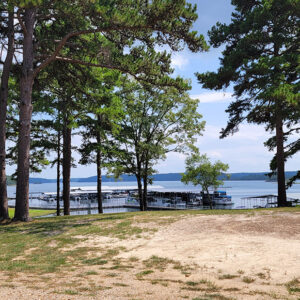 DeGray Lake Dock
DeGray Lake Dock
Entry Category: Recreation
 DeGray Lake Dock
DeGray Lake Dock
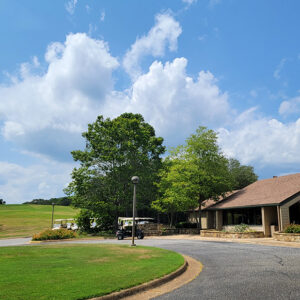 DeGray Lake Golf
DeGray Lake Golf
DeGray Lake Resort State Park
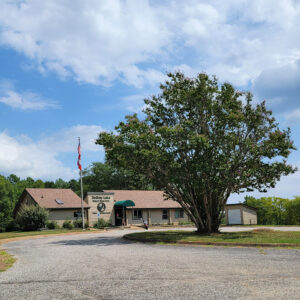 DeGray Lake Visitor Center
DeGray Lake Visitor Center
Delta Heritage Trail State Park
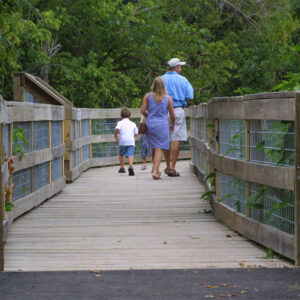 Delta Rivers Nature Center Boardwalk
Delta Rivers Nature Center Boardwalk
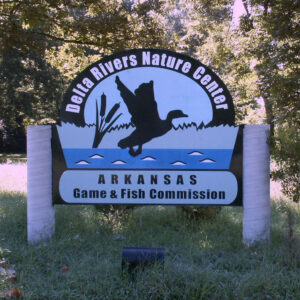 Delta Rivers Nature Center Entrance
Delta Rivers Nature Center Entrance
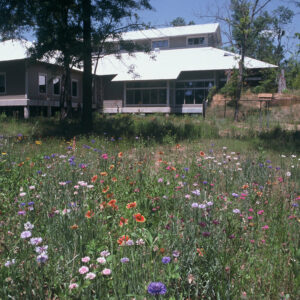 Delta Rivers Nature Center Side View
Delta Rivers Nature Center Side View
Delta Symposium
Dermott Crawfish Festival
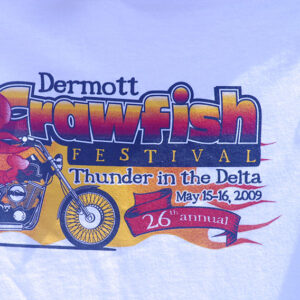 Dermott Crawfish Festival Shirt
Dermott Crawfish Festival Shirt
 Leanne Derryberry
Leanne Derryberry
 Devil's Den Cave
Devil's Den Cave
Devil’s Den State Park
Diamond Cave
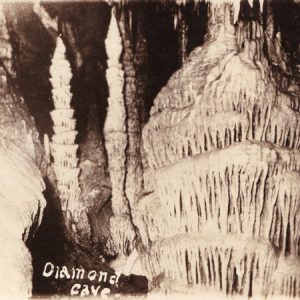 Diamond Cave Postcard
Diamond Cave Postcard
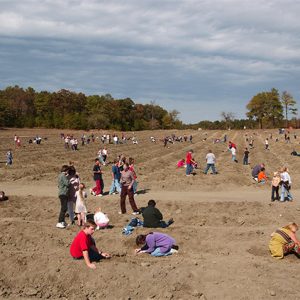 Diamond Field
Diamond Field
Dodd, Sonora Louise Smart
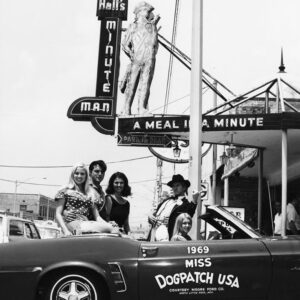 Dogpatch Characters
Dogpatch Characters
Dogpatch USA
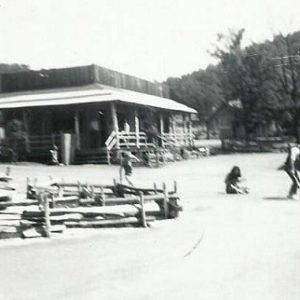 Dogpatch USA Performers
Dogpatch USA Performers
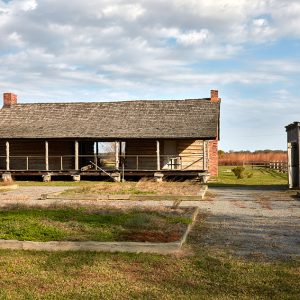 Dogtrot Cabin
Dogtrot Cabin
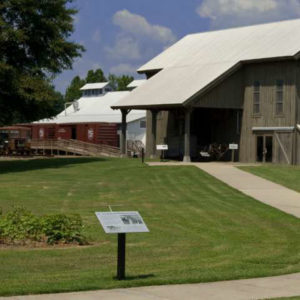 Dortch Gin
Dortch Gin
 Dover Masons
Dover Masons
 Early Bathhouses
Early Bathhouses
 Educational Exhibit
Educational Exhibit
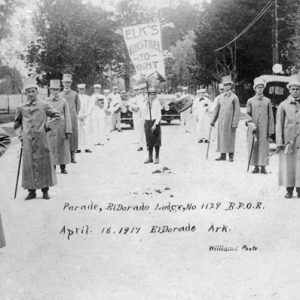 El Dorado Elks Parade
El Dorado Elks Parade
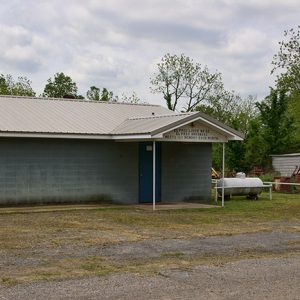 El Paso Masonic Lodge
El Paso Masonic Lodge
Elna M. Smith Foundation
aka: Five Sacred Projects
aka: Sacred Projects
Emerson PurpleHull Pea Festival & World Championship Rotary Tiller Race
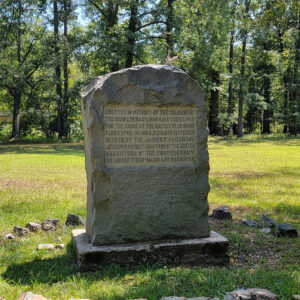 Engagement at Jenkins' Ferry Monument
Engagement at Jenkins' Ferry Monument
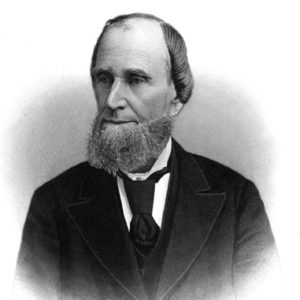 Elbert English
Elbert English
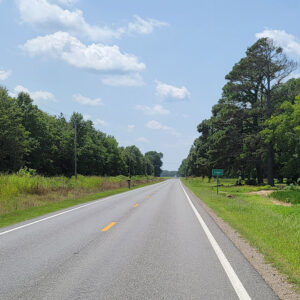 Entering Crigler
Entering Crigler
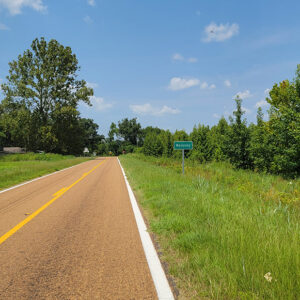 Entering Meroney
Entering Meroney
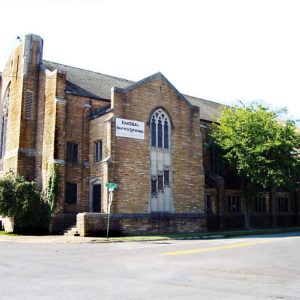 Ernie's Museum of Black Arkansas
Ernie's Museum of Black Arkansas
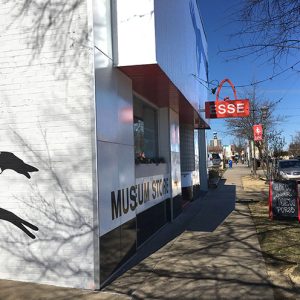 Esse Purse Museum
Esse Purse Museum
 Esse Purse Museum Display
Esse Purse Museum Display
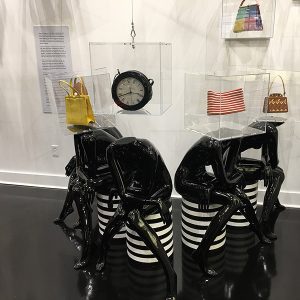 Esse Purse Museum Display
Esse Purse Museum Display
Esse Purse Museum
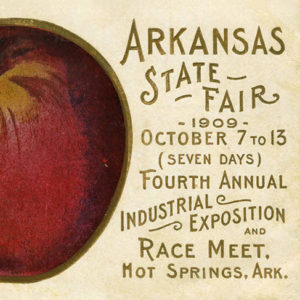 Fair Postcard
Fair Postcard
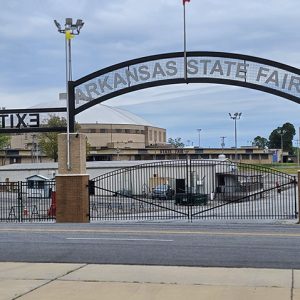 Fairgrounds
Fairgrounds
 Fairgrounds Cattle Barn
Fairgrounds Cattle Barn
 Farm Implement Display
Farm Implement Display
Festivals and Parades
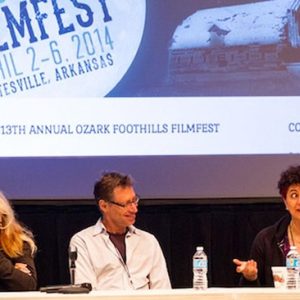 FilmFest Panel
FilmFest Panel
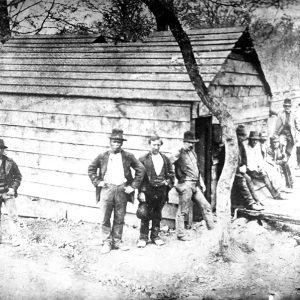 First Free Bathhouse
First Free Bathhouse
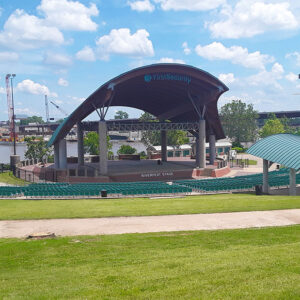 First Security Amphitheater
First Security Amphitheater
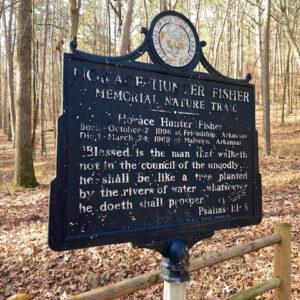 Fisher Memorial Trail
Fisher Memorial Trail
Fly-fishing
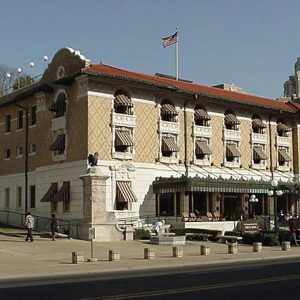 Fordyce Bathhouse
Fordyce Bathhouse




